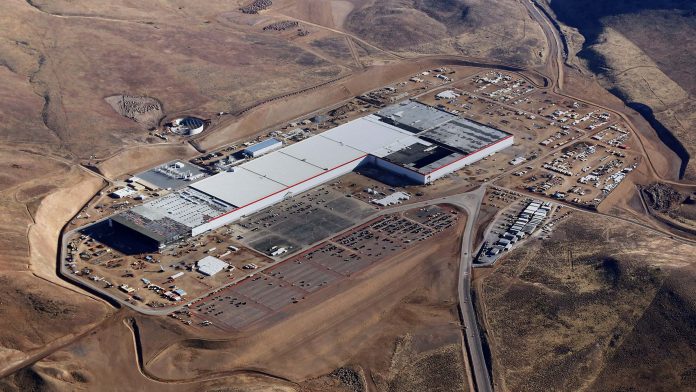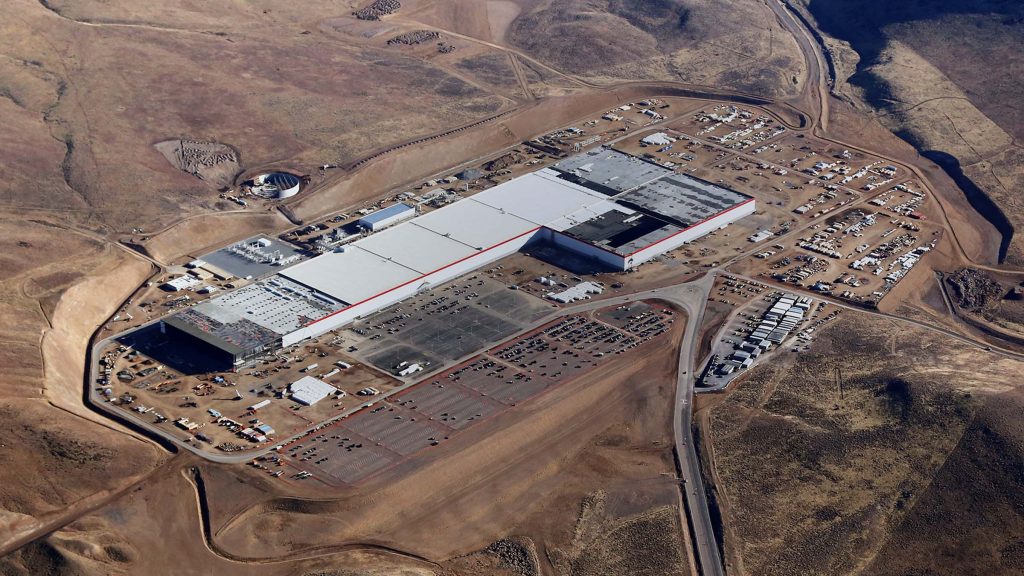
Tesla and Panasonic have begun mass production of lithium-ion battery cells at Tesla’s Gigafactory located just outside Reno, Nevada.

The Gigafactory, a partnership between Tesla and Panasonic, will manufacture the high performance cylindrical “2170 cell” which will be used in Tesla’s energy storage products and Model 3.
“Production of 2170 cells for qualification started in December and today, production begins on cells that will be used in Tesla’s Powerwall 2 and Powerpack 2 energy products,” the company said in a press release.
“Model 3 cell production will follow in Q2 and by 2018, the Gigafactory will produce 35 GWh/year of lithium-ion battery cells, nearly as much as the rest of the entire world’s battery production combined.”
Although the Gigafactory is not yet completed, its unique layout allows Tesla, Panasonic, and other partners to begin manufacturing immediately inside the finished sections.
“Our phased approach also allows us to learn and continuously improve our construction and operational techniques as we continue to drive down the cost of energy storage,” reads the press release.
“Already, the current structure has a footprint of 1.9 million square feet, which houses 4.9 million square feet of operational space across several floors. And we are still less than 30 percent done. Once complete, we expect the Gigafactory to be the biggest building in the world.”
Tesla said it expects the cost of battery cells to significantly decline as the building of the factory progresses and production ramps up.
“With the Gigafactory online and ramping up production, our cost of battery cells will significantly decline due to increasing automation and process design to enhance yield, lowered capital investment per Wh of production, the simple optimization of locating most manufacturing processes under one roof, and economies of scale,” the company stated.
“By bringing down the cost of batteries, we can make our products available to more and more people, allowing us to make the biggest possible impact on transitioning the world to sustainable energy.”
Once fully operational, the Gigafactory will directly employ 6,500 people and indirectly create between 20,000 to 30,000 additional jobs in the surrounding regions.




















